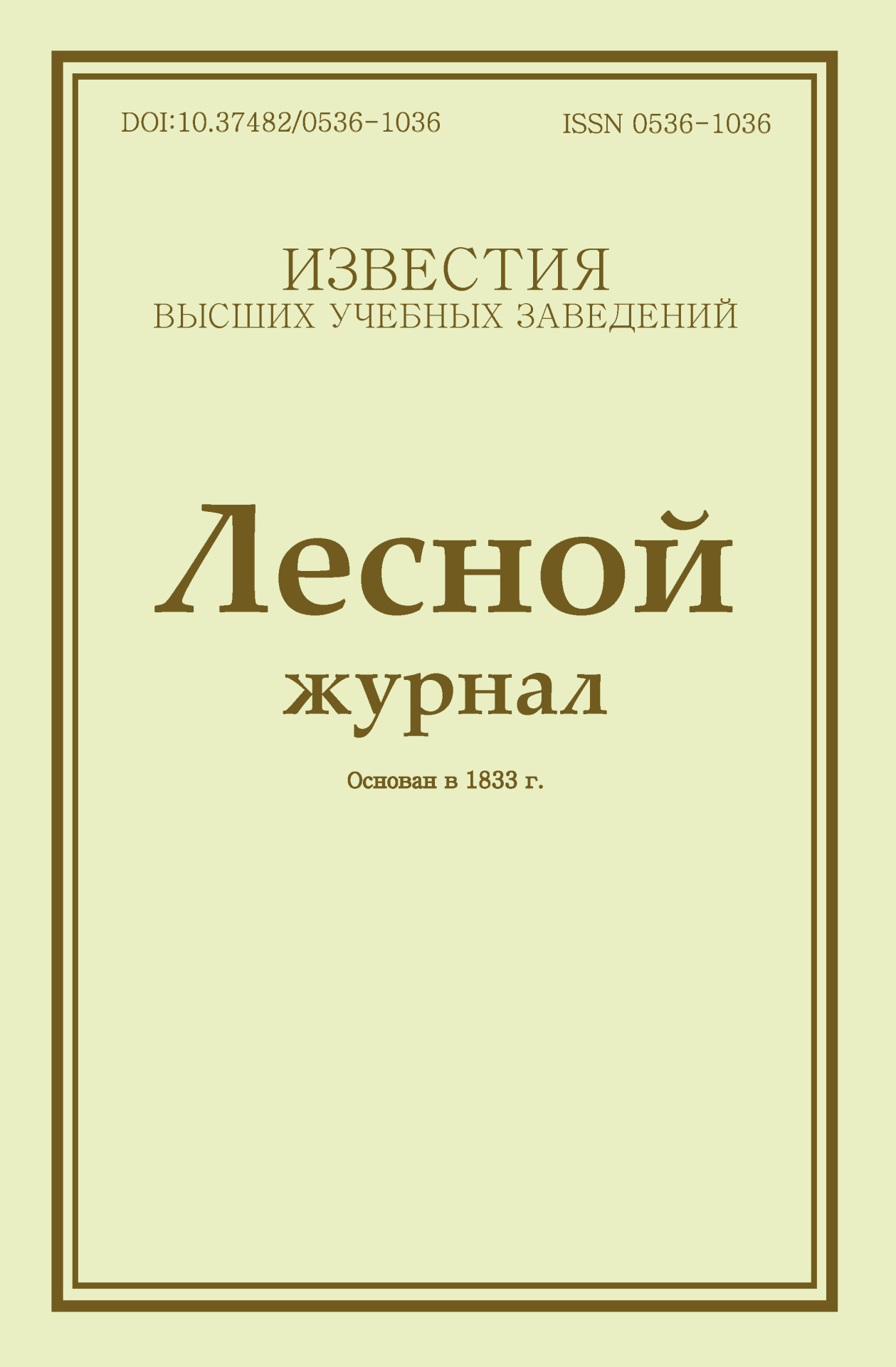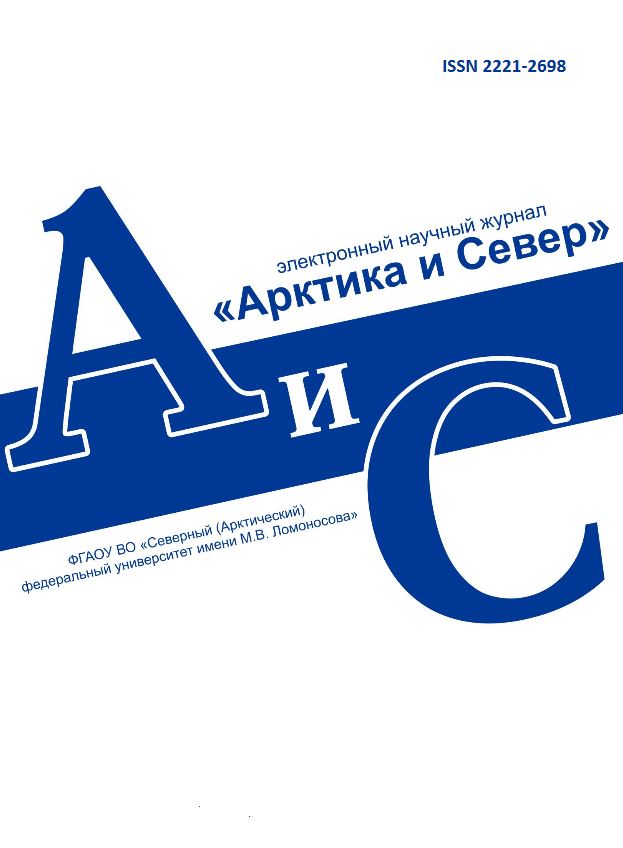Legal and postal addresses of the founder and publisher: Northern (Arctic) Federal University named after M.V. Lomonosov, Naberezhnaya Severnoy Dviny, 17, Arkhangelsk, 163002, Russian Federation Editorial office address: Journal of Medical and Biological Research, 56 ul. Uritskogo, Arkhangelsk Phone: (8182) 21-61-00, ext.18-20
E-mail: vestnik_med@narfu.ru ABOUT JOURNAL
|
Section: Biological sciences Download (pdf, 0.7MB )UDC612.2:796.92DOI10.37482/2687-1491-Z124AuthorsNina G. Varlamova* ORCID: https://orcid.org/0000-0003-1444-4684Ol’ga I. Parshukova* ORCID: https://orcid.org/0000-0003-1862-6936 Alla K. Kudinova* ORCID: https://orcid.org/0000-0001-8376-7570 Evgeniy R. Boyko* ORCID: https://orcid.org/0000-0002-8027-898X *Institute of Physiology of Komi Science Centre of the Ural Branch of the Russian Academy of Sciences (Syktyvkar, Komi Republic, Russian Federation) Corresponding author: Nina Varlamova, address: ul. Pervomaiyskaya 50, Syktyvkar, 167982, Respublika Komi, Russian Federation; e-mail: nivarlam@physiol.komisc.ru AbstractThe training process in winter sports is significantly modulated by weather factors, which has a direct or indirect impact on how fast one gets into the required shape and on competition success. In male crosscountry skiers, the volumetric characteristics of external respiration function (ERF) have been investigated extensively; at the same time, no research into this function’s dynamic characteristics is available. The aim of this paper was to study the dynamic characteristics of ERF in cross-country skiers in the annual cycle. Materials and methods. ERF was evaluated monthly using the microprocessor spirograph SPM-01-R-D. The measurements were taken in male cross-country skiers (age: 20.2 ± 0.6 years, height: 175.9 ± 0.6 cm, body weight: 69.4 ± 0.7 kg, maximal oxygen uptake: 4.393 ± 0.433 l/min), members of the national teams of the Komi Republic and Russia that have been living in the European North of Russia (62°N) almost from birth. Results. The study revealed that the dynamic indicators of ERF in cross-country skiers of the Komi Republic are characterized by higher numerical values compared to those in male non-athletes. Peak expiratory flow in cross-country skiers, while being higher than that in non-athletes, had a statistically significant annual dynamics, which repeated the pattern of the annual drift of this indicator in men not involved in sports. Minimal expiratory flow in cross-country skiers was primarily observed in August–November, while maximal, in December–January. The greatest deviation from the due values (by 37.4 %) was characteristic of the airflow velocity in the small bronchi. Thus, ERF indicators in male cross-country skiers have an annual drift and, in terms of numerical values, exceed most of the indicators in non-athletes.Keywordsdynamic characteristics of external respiration function, annual cycle, cross-country skiers, Komi RepublicReferences
|
Make a Submission
INDEXED IN:
|
Продолжая просмотр сайта, я соглашаюсь с использованием файлов cookie владельцем сайта в соответствии с Политикой в отношении файлов cookie, в том числе на передачу данных, указанных в Политике, третьим лицам (статистическим службам сети Интернет).




.jpg)

